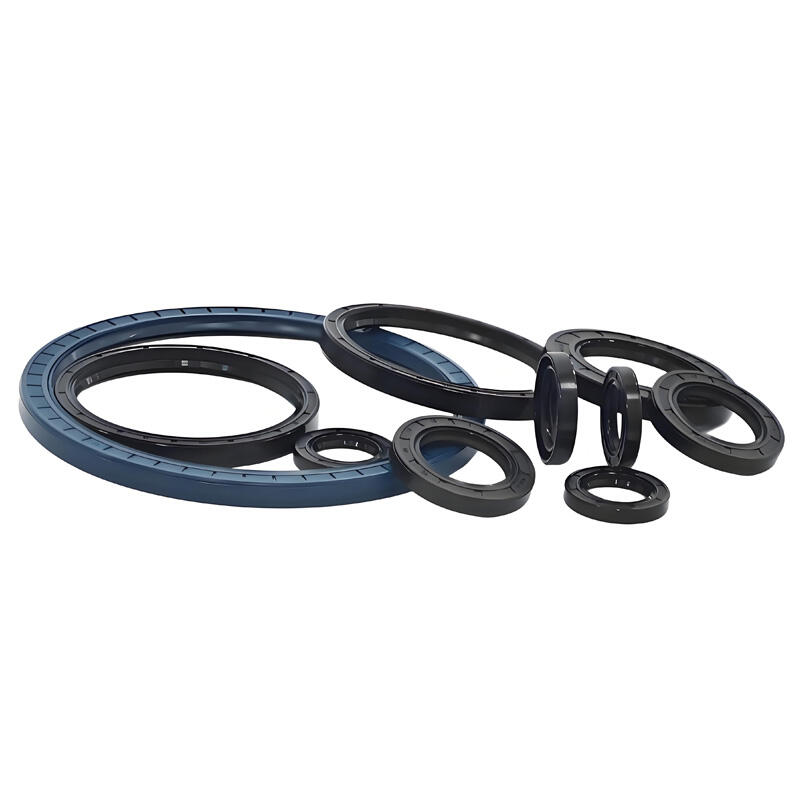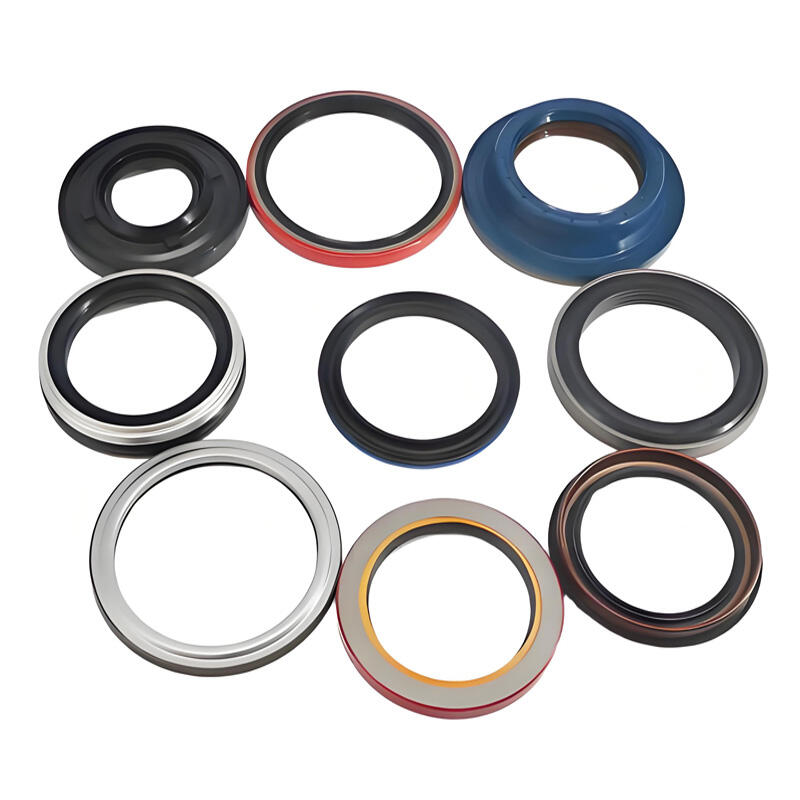types of rubber o rings
Rubber O rings are essential sealing components available in various types to suit different applications. The main categories include Nitrile (NBR) O rings, known for excellent oil resistance and cost-effectiveness, Silicone O rings that offer exceptional temperature resistance from -60°C to 200°C, EPDM O rings with outstanding weather and ozone resistance, Viton (FKM) O rings featuring superior chemical and heat resistance, and Neoprene O rings providing good mechanical properties and moderate chemical resistance. These varying types serve crucial functions in preventing leakage of fluids and gases, maintaining pressure systems, and ensuring proper sealing in dynamic and static applications. The technological features of each type are specifically engineered to withstand different environmental conditions, pressures, and chemical exposures. For instance, NBR O rings excel in petroleum-based environments, while Silicone O rings are ideal for medical and food-grade applications. The applications span across numerous industries, including automotive, aerospace, medical, food processing, and chemical processing sectors. Each type of O ring is manufactured to precise specifications, ensuring dimensional accuracy and material consistency for optimal performance in their intended applications.


